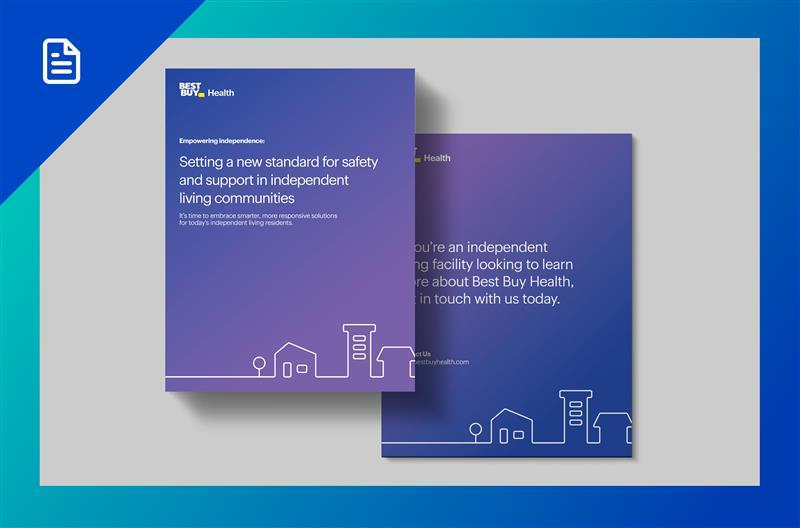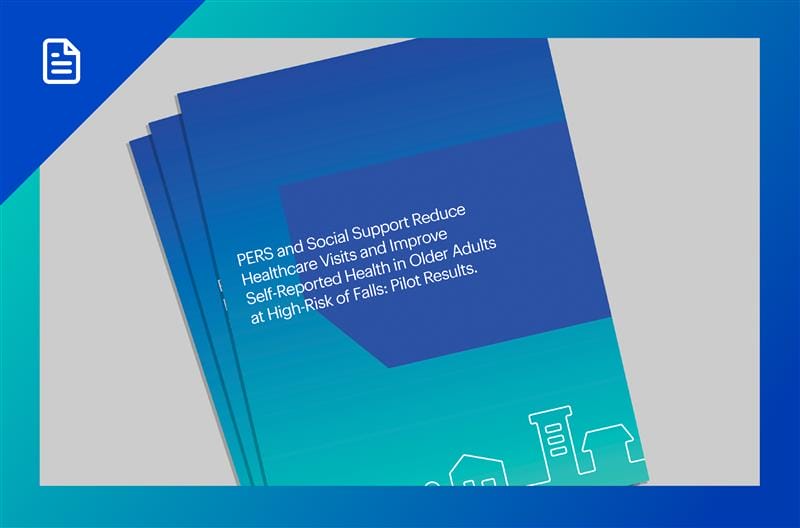Why it’s Time to Rethink Aging-in-Place Support for Seniors
Health plans are reassessing their approach to aging-in-place support for seniors, particularly within Medicare Advantage, Medicaid, and Dual-Eligible Special Needs Plans. These plans are critically evaluating how to integrate aging-in-place solutions into care management programs to improve care coordination and meet regulatory requirements. The primary goal is to incorporate aging-in-place strategies that improve health outcomes, reduce hospital readmissions, and improve member satisfaction.
In this white paper, we explore the key factors driving the shift toward more integrated aging-in-place solutions, with a focus on addressing social determinants of health, health equity, and the overall member experience. We also examine how providing seniors with access to personal emergency response systems, remote patient monitoring technology, and human support services can empower them to manage their health independently from their home.
Read this white paper to gain a better understanding of:
- The primary drivers influencing how payers approach aging-in-place benefit design
- Best practices for designing an aging-in-place benefit offering
- Strategies for prioritizing aging-in-place solutions and where to start


